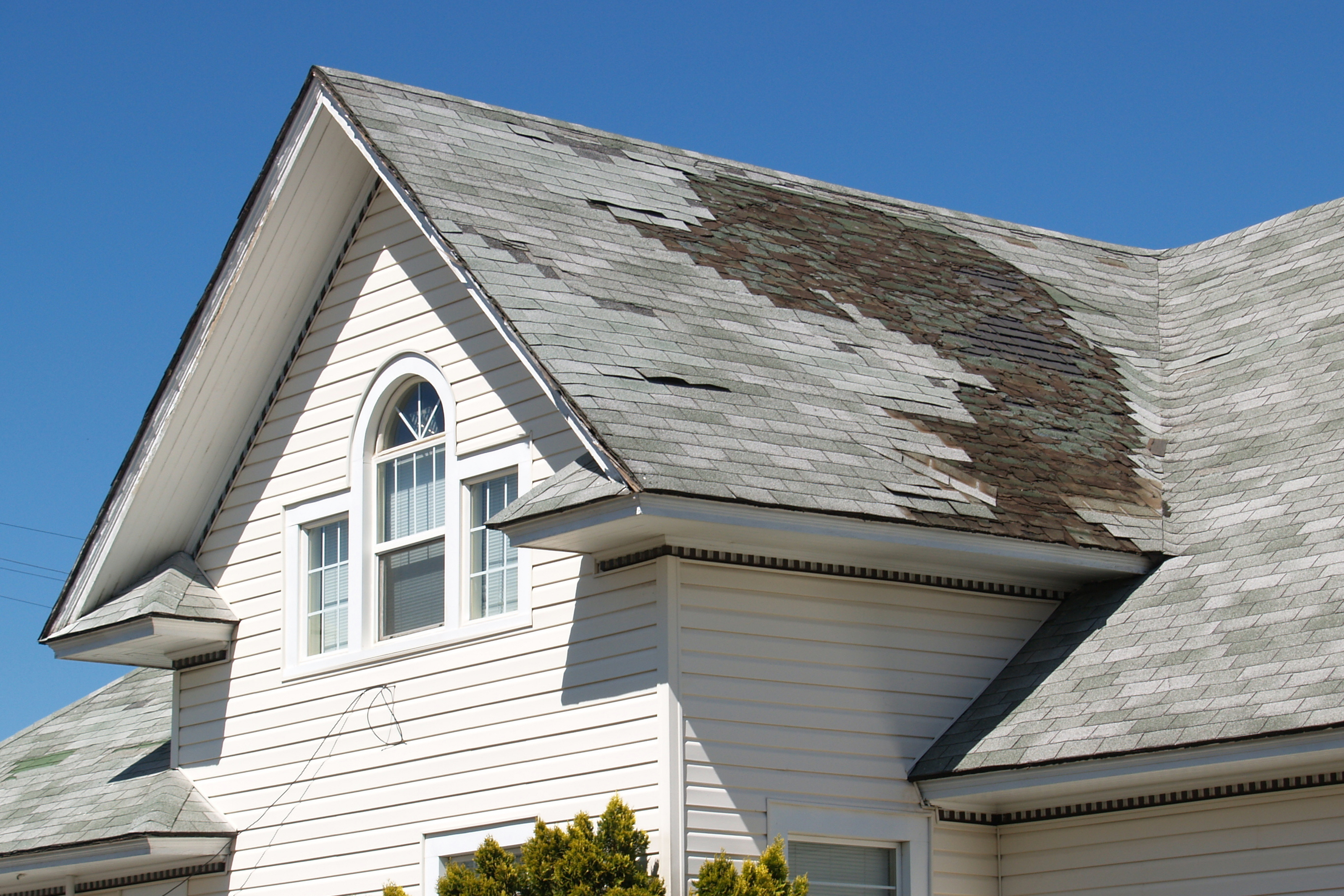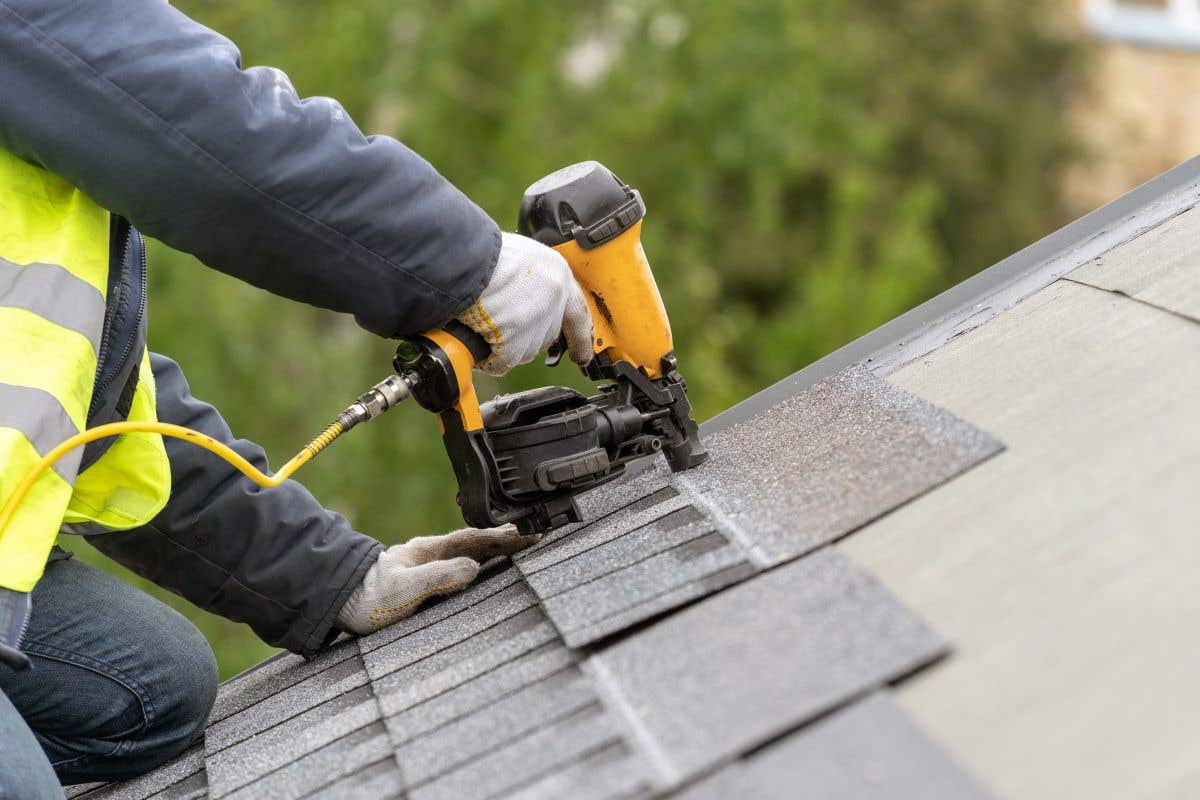Roofing Oahu: Quality Services for Resilient Roofs in Oahu
Roofing Oahu: Quality Services for Resilient Roofs in Oahu
Blog Article
Recognizing the Different Sorts Of Roofings: A Comprehensive Guide for Homeowners
In the realm of homeownership, selecting the suitable roof covering design is a choice that brings considerable implications for both capability and visual charm. With a range of choices-- varying from the standard gable to the modern level-- each type presents unique benefits and difficulties that ought to align with the property owner's particular demands and ecological considerations. Understanding these differences not just aids in making an informed option but additionally affects long-lasting maintenance and energy performance. As we discover the ins and outs of various roof kinds, it comes to be apparent that one size does not fit all; the appropriate choice might surprise you.
Gable Roofing Systems
Gable roof coverings, characterized by their triangular shape, are among one of the most preferred roofing styles because of their simpleness and efficiency in losing water and snow. This style includes 2 sloping sides that meet at a ridge, enabling efficient drain and lessening the danger of water build-up. The high pitch typically connected with saddleback roofs boosts their capacity to take care of heavy precipitation, making them appropriate for numerous environments.
In enhancement to their sensible benefits, saddleback roofs use aesthetic versatility. They can be adapted to different architectural styles, from conventional to contemporary homes. The layout can additionally accommodate extra features such as dormer windows, which enhance all-natural light and ventilation in the attic room space.
In addition, gable roofings offer enough space for insulation, adding to energy effectiveness. House owners can select from a selection of roof materials, including asphalt tiles, metal, and tiles, additionally improving personalization choices.
In spite of their advantages, gable roof coverings might call for added support in locations prone to high winds or hefty snowfall. Generally, the saddleback roof continues to be a preferred choice because of its mix of capability, resilience, and aesthetic charm.
Flat Roofs
Level roofs are frequently identified for their minimalist design and practical applications, specifically in commercial and industrial settings (oahu roofing). These roofings include a almost straight or horizontal surface area, which permits easy building and construction and versatile area application. While they may do not have the visual appeal of pitched roofing systems, flat roof coverings supply countless advantages, particularly in urban atmospheres where maximizing area is critical
One of the key benefits of flat roof coverings is their availability. Home owners can utilize the roof covering space for numerous functions, such as rooftop gardens, balconies, or photovoltaic panel installments. Furthermore, level roofings are generally a lot more cost-efficient to set up and keep contrasted to their sloped equivalents, as they require less materials and labor.
Nevertheless, flat roofs do present specific challenges. Proper drain is necessary to protect against water merging, which can bring about leakages and architectural damage. Thus, choosing high-quality waterproofing products and normal inspections are vital for guaranteeing durability. Usual materials utilized for level roofs consist of built-up roofing (BUR), changed asphalt, and single-ply membrane layers, each offering unique benefits. Generally, flat roofing systems work as a versatile and practical option for lots of house owners and companies alike.
Hip Roof Coverings
Hip roofs are characterized by their sloped sides that converge at the top, creating a ridge. This layout stands out from saddleback roofs, as all four sides of a hip roofing incline downwards toward the wall surfaces, offering a more steady structure. The angle of the inclines can differ, permitting for adaptability in building appearances and functionality.
Among the main advantages of hip roofs is their capability to withstand heavy winds and negative climate condition. The sloped surfaces make it possible for better water drainage, lowering the threat of leaks and water damage. In addition, hip roofings provide increased attic room, which can be made use of for storage or perhaps exchanged habitable locations.
Nonetheless, constructing a hip roof covering can be much more intricate and pricey than easier roof covering types, such as gable roofings. The extra material and labor included in developing the inclines and making sure appropriate structural integrity can bring about greater costs. In spite of these downsides, numerous house owners favor hip roofings for their resilience, visual allure, and possibility for power effectiveness.
Mansard Roofs
Mansard roof coverings, usually recognized by their distinct four-sided layout, function two slopes on each side, with the reduced incline being steeper than the top. This building design, originating from France in the 17th century, is not only cosmetically appealing but useful, as it maximizes the usable area in the upper floorings of a structure. The steep lower incline permits for more headroom, making it an ideal selection for lofts or attic rooms, which can be exchanged living areas.
Mansard roofings are identified by their convenience, suiting various architectural styles, from typical to modern. They can be constructed with various materials, including asphalt tiles, slate, or steel, offering home owners with a variety of alternatives to suit their budget plans and preferences. In addition, the layout permits the integration of dormer home windows, boosting natural light and ventilation in the upper levels.
Nonetheless, it is important to consider the potential downsides. Mansard roofings may call for even more maintenance because of the complexity of their style, and their high slopes can be challenging for snow and rain runoff. On the whole, mansard roofings combine sophistication with functionality, making them a preferred option amongst property owners get more seeking distinctive building attributes.
Lost Roofing Systems
As property owners progressively look for simpleness and performance in their building designs, dropped roofing systems have actually become a preferred choice. Characterized by a solitary sloping airplane, a shed roof covering presents a minimal aesthetic that complements different home styles, from modern to rustic.
One of the key advantages of a shed roof covering is its simple construction, which frequently converts to decrease labor and material prices. This style enables for reliable water drain, reducing the risk of leaks and water damages. Furthermore, the vertical slope supplies adequate room for skylights, improving natural light within the inside.
Lost roof coverings additionally offer flexibility in regards to usage. They can be efficiently integrated into additions, garages, or outside frameworks like sheds and structures. Moreover, this roof covering style can accommodate various roof materials, including metal, asphalt tiles, or also eco-friendly roof coverings, lining up with environmentally friendly campaigns.
Nevertheless, it is important to take into consideration regional environment conditions, as heavy snow tons might require adjustments to the roof's angle or structure. In general, shed roof coverings present a useful and cosmetically pleasing choice for property owners wanting to maximize functionality without jeopardizing style.
Verdict


Gable roofings, defined by their triangular form, are amongst the most prominent roof covering styles due to their simplicity and efficiency in dropping water and snow. oahu roofing. The steep pitch generally connected with gable roofings boosts their capacity to handle hefty precipitation, making them appropriate for numerous environments
While they might do not have the aesthetic allure of pitched roofs, you could try here level roofs provide various advantages, specifically in city environments where optimizing space is critical.

Report this page